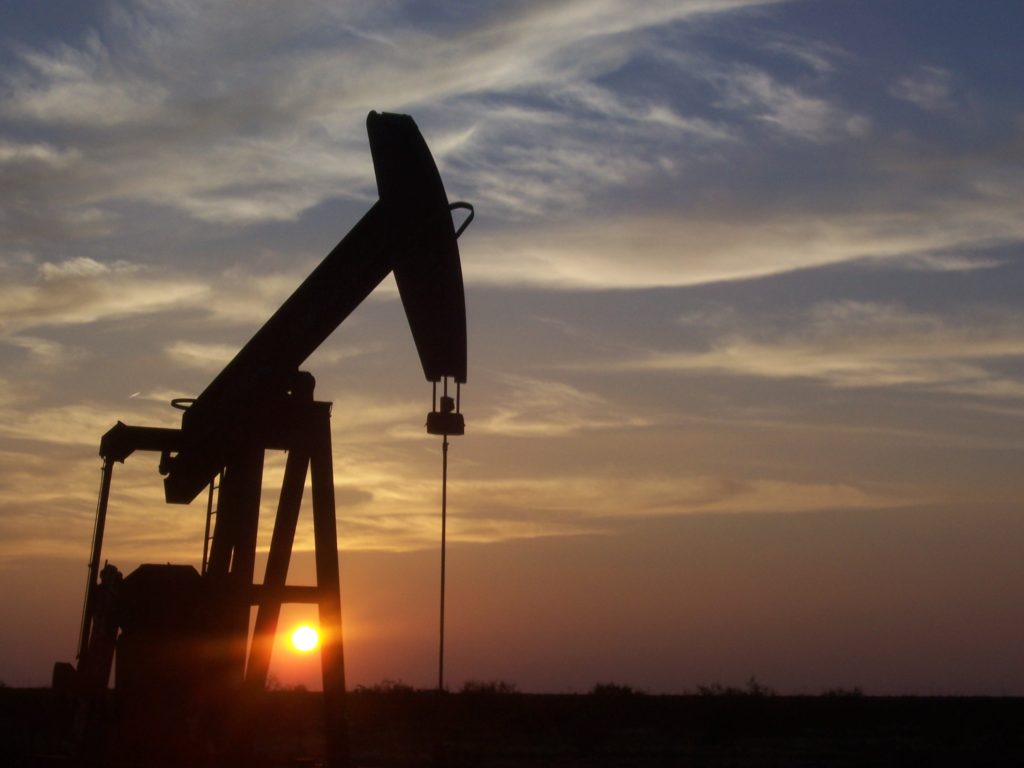Toward clean oil extraction, as part of energy transition?
The dynamics of the oil market is seeing some major structural changes. The Organization of Petroleum Exporting Countries (OPEC) is said to be caught between two leaping seas, on end is the diminishing price of oil while on the other is the environmental cost and consequence of extracting the oil in the form of global warming and climate change. OPEC is split on how to respond to the worsening oil scenario in the global market with Riyadh, OPEC’s dominant member thinking that a major shift in strategy needs to take place since targeting oil prices has become an exercise in futility.

Given the state of the global oil scenario lately, a few oil centric economies are quickly realizing the benefits of diversifying their economies, which could provide further value added, provided the players in question have the needed experience and expertise to design, build and service turnkey industrial solutions with high technological content.
Capitalising on existing asset base
Instead of investing in new oil wells, it is more economical to recoup funds from existing oil wells by investing in Enhanced Oil Recovery techniques, which have seen rapid expansion in recent years.
In 2013, the Petroleum Development of Oman (PDO) stated that as per its projections, by 2020, 25% of its oil productions will come from oil wells in which EOR techniques have been applied. Much of Oman’s technological innovations have come from its need to cushion its budget against the cyclic rise and fall of oil prices. It has already pledged to produce 10% of its electricity through renewable energy. In comparison, Bahrain and Kuwait have targeted the generation of electricity through renewable energy by 5% while Abu Dhabi is aiming for 7%.
Investing in Enhanced Oil Recovery (EOR) techniques make business sense since during normal drilling operations, much of the hydrocarbons in the reservoir remains untapped due to the physics of the oil flow. Using EOR techniques could enable the recovery of significant quantities, as high as 75% of heavy oil from the reservoir.
EOR techniques could be further benefitted by mixing renewable energy into the feature. This makes perfect sense in countries which have an abundance of sun and a shortage of LNG.
The synergies of mixing solar with fossil fuel
Although the basic theory of injecting steam, LNG, or other chemicals into the reservoir to increase its pressure has not undergone drastic change, however, the method and source of generating the steam has evolved significantly.
With “giant heavy oil deposits primarily exist[ing] in places like under the lake of Maracaibo in Venezuela, in California, in the Arabian peninsula- especially in Saudi Arabia, in the Sultanate of Oman and to a lesser extent in the United Arab Emirates & Egypt”, it is getting progressively difficult to justify the burning of precious natural gas, particularly in the presence of a green alternative heat source”, explains Heba Hashem.
Furthermore, one of the most compelling reasons to add solar to the EOR mix is the fact that there is no fuel cost. If that was not enough, adding solar adds a maintenance cost of only $0.35 per MMBTU. Solar EOR systems allow for hybrid designs that can generate steam, 24×7, under varied weather conditions, reports SUNCNIM, a company that supplies turn key solar steam generators to reduce fuel consumptions of its customer in food, pulp & paper, mines, textile and chemical: “The hybridation of conventional thermal cycle by solar thermal technology enables to deliver steam either to reduce gas/coal consumption or increase the electrical power. The simple and modular design of SUNCNIM solar technology enables to match easily with steam characteristics and flow of each application.”
Extracting fossil fuel without carbon dioxide
With the world facing the adverse effects of global warming and climate change and with the world governments calling for a wide-scale use of renewable energy, tapping into solar energy, which is potentially inexhaustible, free, abundant, renewable and sustainable is the need of the hour. Cost reduction forecasts place solar EOR plants that use Concentrated Solar Power (CSP) technology to produce steam on par with their fossil fuel guzzling equivalents.
From an environmental cost perspective, Solar EOR technologies provide zero emission of nitrogen oxide and carbon dioxide, eliminate financial risks associated with permit costs, disconnect the ongoing upgrade cycles of burners and the need to pay carbon taxes. While from an economical point of view, creating steam through CSP technology essentially frees up the burden of thermal recovery costs.
Even currently with low LNG prices, the price of LNG that is saved in the process is significant.
Deploying Solar EOR techniques in maturing oil fields could provide oil centric economies with a hedge that minimises the volatility of field operational costs.
Installable at even remote locations, Solar EOR infrastructure can negate the cost of investing in additional gas infrastructure, thus allowing the development of even stranded assets. Furthermore, due to its minimal operating costs oil producers can steam oil wells for longer durations in comparison to gas-fired steam, which in turn is likely to potentially boost the proven reserves of a given reservoir.
Solar EOR systems is not only a smart choice because it increases the net offtake from oil wells but also because it has a direct effect on the economy: it boosts production levels and nurtures the creation of jobs. Furthermore, the amount of natural gas that has been displaced by it, can be fed into other industrial projects or exported to improve the country’s forex reserves and enhance the security of its energy supplies.


